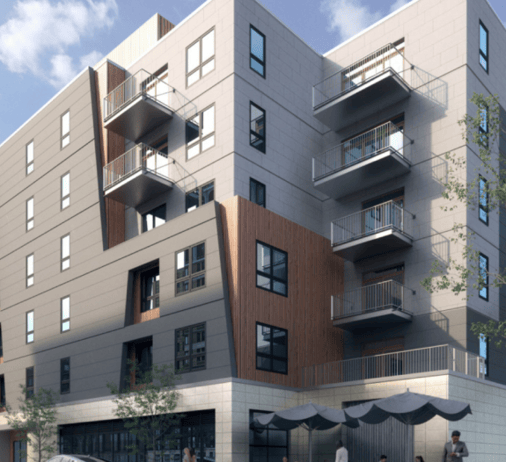The Most Efficient Way to Run a Multifamily Lease-Up
Efficiency Without Losing the Human Touch in Multifamily Lease-Ups
The Centralization Trap: When Efficiency Goes Too Far
For years, multifamily property management thrived on a simple principle: be present. On-site teams knew their residents, walked their properties, and handled every aspect of leasing and management with a personal touch. But as technology advanced—and especially in response to the COVID-19 pandemic—the industry raced toward centralization. Remote hubs, automated leasing, self-guided tours, and offshore call centers became the new norm.
At first glance, this shift seemed like progress. Centralization promised leaner teams, lower costs, and scalable operations. Technology could automate repetitive tasks, streamline communication, and offer 24/7 availability. But in the quest to "do more with less," many operators discovered an unintended consequence: they lost the personal connection that turns an apartment into a community.
Personalization: The Missing Piece in Centralized Operations
While centralization delivered efficiency, it often did so at the expense of service quality. Residents found themselves interacting with chatbots or call center agents unfamiliar with their property—let alone their individual needs. Leasing agents stuck to scripts, and maintenance requests became impersonal tickets rather than conversations with trusted team members.
In a world where online reviews and resident satisfaction scores can define a property’s reputation, this lack of personalization isn’t just a service issue—it’s a business risk. Residents expect more than transactional interactions; they want to feel recognized and valued. And no amount of automation can replace genuine human connection when it comes to building loyalty and long-term retention.
The Pod Model: A Hybrid Solution- Centralize Smart, Localize Where It Matters
The future of multifamily lease-ups isn’t about rejecting centralization—it’s about recalibrating it. The most efficient and effective operations today blend centralized systems with strategically placed human expertise. Automation handles what it should: repetitive, low-touch tasks like scheduling tours or processing standard inquiries. But when it comes to leasing decisions, resolving conflicts, or fostering resident relationships, real people with local knowledge and emotional intelligence (EQ) must take the lead.
This isn’t just operational theory—it’s becoming best practice. Successful operators are no longer asking, “How much can we centralize?” Instead, they’re asking, “Where does centralization enhance service—and where does it diminish it?” The key is functional specialization supported by technology, not replaced by it.
AI as a Tool, Not a Substitute
Emerging technologies like AI are powerful allies in this hybrid model—but only when used thoughtfully. AI can streamline processes, offer instant troubleshooting, and free up teams to focus on higher-value interactions. For example, a maintenance system that leverages AI to diagnose common issues before dispatching a technician saves time for both residents and staff. A leasing workflow that uses virtual agents to handle scheduling but ensures a local expert is available for nuanced questions strikes the right balance between convenience and care.
The goal isn’t to automate everything—it’s to automate wisely. Technology should remove friction, not relationships. It should empower teams to deliver faster, better service without sacrificing the personalized experience that residents expect.
Designing for Outcomes, Not Trends
At the heart of an efficient multifamily lease-up is thoughtful structure. Companies that succeed are those that resist the temptation to chase every operational trend. Instead, they design their processes and teams around outcomes: higher resident satisfaction, stronger retention rates, and streamlined workflows that don’t compromise on empathy.
Efficiency and empathy are not mutually exclusive—they are complementary when approached with intention. The smartest operators recognize that while technology can scale operations, it’s people who build communities.
CHARLESGATE is Paving The New Standard for Multifamily Operations
The multifamily industry has experienced both extremes—fully localized management and overly centralized systems. Neither approach alone offers a sustainable path forward. The true opportunity lies in balance.
By embracing a hybrid model that leverages technology for efficiency while preserving the human touch where it matters most, operators can deliver exceptional lease-up experiences. This isn’t just about keeping costs down—it’s about creating communities where residents feel seen, heard, and valued.
The pendulum has swung, and now it's time to settle in the middle—where smart centralization meets thoughtful personalization. That’s where the future of multifamily management will thrive.
.png?width=2000&name=CG%20(4).png)
